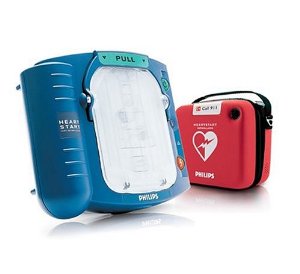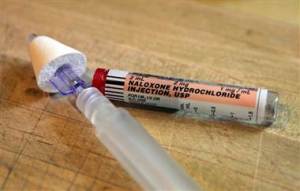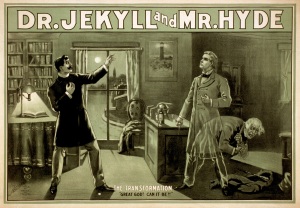From Stat:
. . . a controversial new working paper has raised the question of whether the urgent push to expand naloxone access may be doing more harm than good.
The paper, published online last week, aimed to estimate the changes in behavior resulting from expanded naloxone access. Researchers found that after states passed naloxone access laws, opioid-related emergency room visits and opioid-related theft both rose, and no decrease was observed in opioid-related mortality. Their most troubling results came in the Midwest, where the researchers measured a 14 percent increase in opioid-related mortality attributable to expanded naloxone access.
It would not surprise me at all to learn that naloxone distribution has less impact on mortality than public health professionals hoped.
Why might it not be as effective as hoped?
I don’t know that it’s not, but I’ll explain why it wouldn’t surprise me.
Here’s what happens when someone has a heart attack
- A person has a heart attack at the grocery store and . . .
- . . . thank goodness, the store has an automatic defibrillator.
- Someone has been trained to use the defibrillator and performs the rescue.
- Someone else calls 911 to make sure the patient gets all the care they need.
- The patient is taken to the emergency department and medically stabilized.
- Once stabilized, the patient gets transferred to care that will address the cause of the heart attack and/or care that will prevent future heart attacks.
- The patient’s treatment plan will generally include lifestyle changes. (Diet, exercise, etc.)
- Then, the patient gets follow-up care that might include:
- follow up appointments with specialists,
- periodic tests to monitor for indicators of a recurrence,
- self-monitoring (blood pressure), and
- monitoring by the patient’ primary care physician.
- If problems recur or there are indications of a potential recurrence, the care plan will be re-evaluated and the patient will get whatever care they need.
Here’s what happens when someone ODs and is rescued
- A person overdoses and . . .
- . . . thank goodness, the someone has naloxone.
- The person has been trained to use naloxone and performs the rescue.
Maybe, if they are lucky, these steps happen.
- Someone else calls 911 to make sure the patient gets all the care they need.
- The patient is taken to the emergency department and medically stabilized.
If they are REALLY lucky . . .
- The get a passive referral to treatment.
Naloxone is not enough.
We’d never tolerate cardiac patients being sent home without the proper care. Why should people with an addiction be treated any differently?
Without adequate follow-up care, it’s like saving cardiac patients so they can die of untreated heart disease another day.
A moral hazard?
The working paper speculates the following:
Naloxone access reduces the risk of death for each use of a given quantity of opioids, but it also appears to increase the number of uses (and/or the potency of each use) – consistent with the idea that moral hazard leads users to “seek higher highs” that increase their risk of an overdose.
This seems like an academic-ized rehash of the Lazarus party hype and it’s just as absurd. (BTW, I did not begin my social work career at the age of 6.)
Shared assumptions?

To me, harm reduction advocates often seem to overestimate the capacity of active addicts to engage in rational and organized behavior change in the direction of health and wellness.
The writers of the working paper seem to make a similar error—that there’s some calculation of risk, followed by rational and organized behavior change in the direction of maximum pleasure.
Where they diverge
Many people have observed that addicts often resemble Dr. Jekyll and Mr. Hyde. Bill White pointed out that every professional helper needs to determine who they believe the real person is.
Is Mr. Hyde the real person? Is the real person revealed in their alcohol and drug use through inhibition and intoxication?
Or . . .
Is Dr. Jekyll the real person? Is the real person the sober self? Does addiction distort addicts true character in awful ways? Is addiction is about goodness corrupted by sickness?
The authors of this working paper seem to see Hyde as the real person.
For all my questions about the assumptions of some harm reduction efforts, at least they seem to assume the best about the addict.

I am not surprised by these figures. As a person with an addictive personality I can tell you that if I had found ways to reduce the negatives of my addiction I would have – just to be able to continue. That is exactly the mind-set of the addicted person. And I can imagine that a near death experience only ups the ‘ACE-score’ of a person. So yes to good aftercare.
xx, Feeling
LikeLiked by 1 person
“I never thought I’d see the day when a study would attempt to make the case that a life-saving tool is a ‘moral hazard.’ Unfortunately, that’s exactly the flawed conclusion that a recent paper draws about the use of naloxone.”
– Dr. Tom McClella
LikeLiked by 2 people
Macomb County CARE has made arrangements with St. John Macomb and Henry Ford Macomb to have Peer Coaches talk with people who have been brought to these hospitals. We believe this is a missing link for those who overdose. Gives them a much needed resource
.
LikeLiked by 1 person